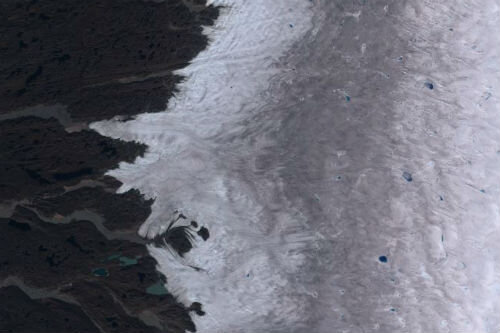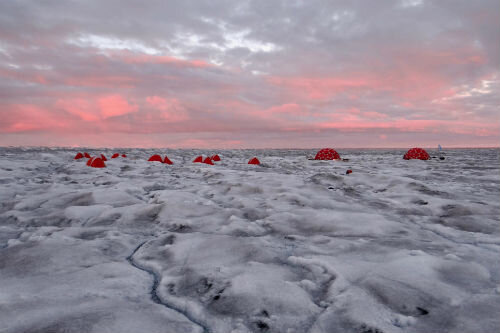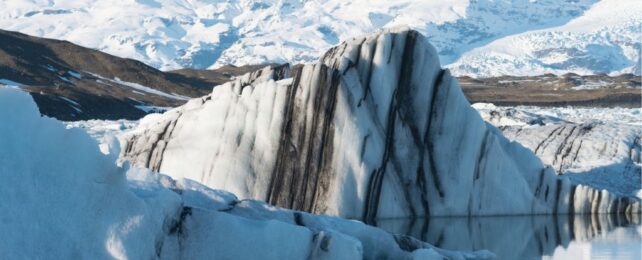Glaciers in the Arctic are not nearly as devoid of life as they might appear at first sight.
In fact, carpets of ice and snow in Greenland and Iceland are practically crawling with microscopic life forms.
Like seasonal zombies, many of these organisms lie dormant in winter, waking from their frozen slumber only with the summer melt.
"A small puddle of meltwater on a glacier can easily have 4,000 different species living in it," says microbiologist Alexandre Anesio from Aarhus University in Sweden.
"They live on bacteria, algae, viruses, and microscopic fungi. It's a whole ecosystem that we never knew existed until recently."
When researchers tested the ice and snow at two glaciers in the mid-to-late summer, one in Iceland and the other in Greenland, more than half the bacteria they found were active.
The rest were dormant or dead.
Within just a day of thawing, however, some of those dormant microbes regained the ability to read genes and produce amino acid building blocks – like the stiff cogs of a machine finally turning after six months of stillness.
The findings suggest microbial communities on snow and ice can rapidly respond to changes in ice melt.
But while adaptation in the face of climate change is usually considered a good thing, at least at a species level, it's also true that a dramatic change in one organism can destabilize an entire ecosystem.
In the future, rain and winter warming events in the Arctic are expected to increase with climate change, and some microbes are already thriving in the slush.
The snow algae that performs best in Greenland's meltwater is a deep dark purple, and in recent years, scientists like Anesio have noticed the color spreading.
"When I travel to Greenland, I now see vast areas where the ice is completely dark because of the algae," says Anesio.
The dark appearance of the snow and ice ultimately means that more heat from the Sun is absorbed, increasing melt by 20 percent.

Snow algae is not a factor included in current climate models. The missing microbes in ice are just one explanation for why Greenland's glaciers could be melting faster in reality than predicted in models.
A previous study, for instance, found that adding water to a snowpack over two months led to an increase in snow algae of 48 percent.
After just three days of thawing in the lab, some samples from the current study contained 35 percent more active microbes than before.

"Crucially, our results suggest that glacial microorganisms are able to respond to short melt-events occurring on the timescale of hours to days – which is sufficiently short that periodic melting on glacier surfaces potentially impacts the functioning of glacial ecosystems and biogeochemical cycles," scientists write.
"Enhanced winter warming is predicted to become more prevalent as a result of future climate change and could therefore bring about ecological changes to glaciers."
The future of Arctic snow and ice doesn't just look darker. It is.
The study was published in Geobiology.
